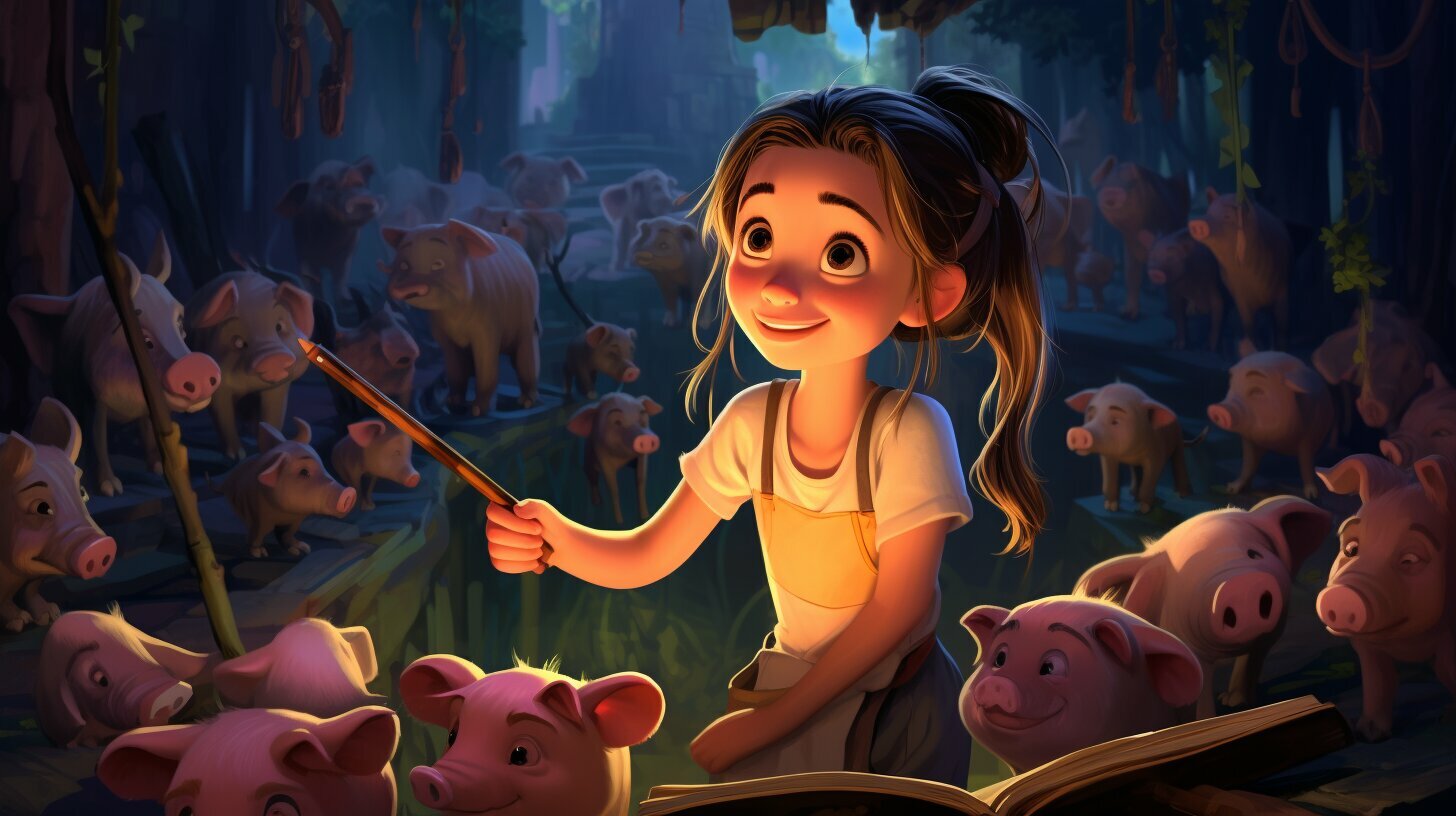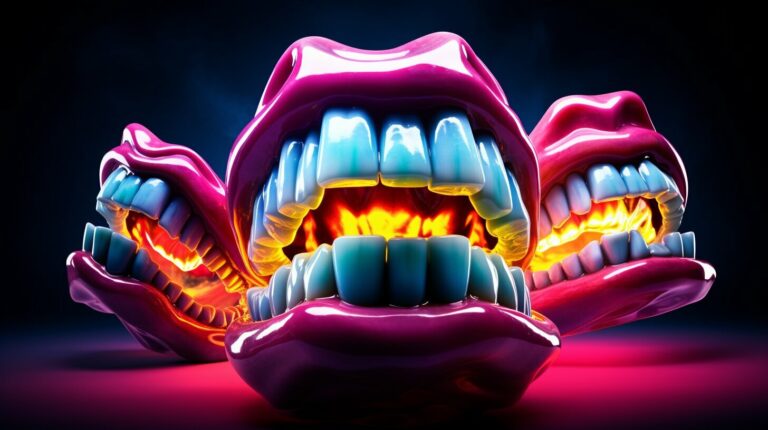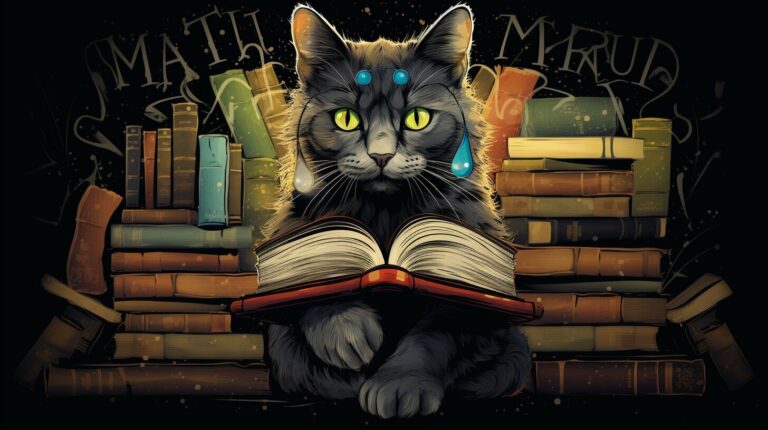Unraveling the Mystery: Why are Pigtails Called Pigtails?
Pigtails, those iconic hairstyle bunches on each side of the head, have a fascinating history that begs the question: why are they called pigtails? From their origins in twisted tobacco leaves to their evolution as a popular hairstyle, pigtails have a unique story to tell.
Key Takeaways:
- The term “pigtails” originally referred to twisted tobacco leaves that resembled the curly tails of pigs.
- Pigtails were commonly worn by sailors and soldiers during the 17th to 19th centuries.
- The term “pigtails” now colloquially refers to the two shorter and symmetrical bunches of hair on each side of the head.
- The language and social norms surrounding hairstyles have changed over time, influencing the interpretation and meaning of pigtails.
- As a hairstyle, pigtails continue to be associated with childhood innocence and playfulness, as well as a fashion statement.
The Curious Origins of Pigtails
To understand the naming of pigtails, we must journey back to the 1600s and uncover the peculiar origins of the term. The term “pigtails” originally referred to a twist of chewing tobacco that bear an uncanny resemblance to the curly tails of pigs. Yes, you read that right: pigtails were born out of a tobacco obsession!
Picture this: sailors and soldiers, huddled on ships and battlegrounds, enjoying a cheeky smoke. This twist of tobacco, with its distinctive shape resembling the curly tails of pigs, became known as “pigtails.” It didn’t take long for the name to spill over into the realm of hairstyles, as folks started to coil their hair into similar shapes. The connection may seem odd, but it’s a fascinating example of linguistic evolution.
Just as the twisted tobacco leaves were dubbed “pigtails” due to their resemblance to the curly tails of pigs, so too did the similarly coiled hairdos adopt the name.
Over time, pigtails became more than just a sailor’s style; they gained cultural significance and found their way into various communities. From military regalia to fashionable trends, pigtails have always held a certain allure. Nowadays, when we think of pigtails, we often envision two shorter and symmetrical bunches of hair on each side of a person’s head. However, pigtails can also refer to a single tight braid or any type of braided hair, depending on the context.
As the years have gone by, language and social norms surrounding hairstyles have evolved. Pigtails have transformed from a practical way to keep hair tidy in challenging environments to a playful fashion statement. Who knows how pigtails will continue to adapt and evolve in the future? Only time will tell, but one thing is for sure: the name “pigtails” will forever carry the quirky origins that link them to those curly tails of tobacco and pigs.
| Pigtails in History: | Sailors and soldiers in the 17th to 19th centuries commonly wore pigtails. |
|---|---|
| Evolution of the Pigtails: | Pigtails have changed in meaning and usage over time. |
| Pigtails in Modern Context: | Pigtails are often associated with childhood innocence and playfulness. |
Pigtails in History
Throughout history, pigtails have adorned the heads of sailors, soldiers, and others, leaving a unique mark in the annals of hairstyle lore. The term “pigtails” originated in the 1600s to describe a twist of chewing tobacco that resembled the curly tails of pigs. Over time, this term expanded to incorporate hairdos that resembled these tobacco leaves.
During the 17th to 19th centuries, pigtails were commonly worn by sailors and soldiers, serving both practical and cultural purposes. Sailors, in particular, used pigtails to keep their hair out of their faces while working on deck. These distinctive hairstyles became a symbol of their maritime lifestyle and were even used to ensure proper identification in the event of an accident or death at sea.
The cultural significance of pigtails extended beyond seafaring communities. They were also adopted by various military groups, including soldiers in the American Revolutionary War. Pigtails became a symbol of loyalty and camaraderie, highlighting the shared experiences and bonds formed among soldiers.
Today, the term “pigtails” colloquially refers to the two shorter and symmetrical bunches of hair on each side of the head. However, it is important to note that pigtails can also refer to a single tight braid or any type of braided hair. The language and social norms surrounding hairstyles have changed over time, reflecting societal shifts and personal expression. It is intriguing to consider how pigtails may continue to evolve in the future, adapting to fashion trends and reinventing their cultural significance.
| Pigtails in History | Pigtails Today |
|---|---|
| Sailors used pigtails to keep hair out of their faces while working on deck. | Pigtails are often associated with childhood innocence and playfulness. |
| Pigtails were a symbol of loyalty and camaraderie among soldiers during the American Revolutionary War. | Pigtails continue to be a fashion statement, embraced by various subcultures and individuals. |
| Pigtails were used for identification purposes in the event of accidents or deaths at sea. | Modern interpretations of pigtails can be seen in diverse hairstyles, from braided updos to unconventional variations. |
The rich history and cultural significance of pigtails make them more than just a hairstyle. They weave together the stories of sailors, soldiers, and the evolution of societal norms. As we look to the future, the possibilities for pigtails are endless, and we can only imagine how they will continue to capture our imagination and leave a lasting impression.
Evolution of the Pigtails
Just as hairstyles have evolved, so have pigtails, adapting to fit changing trends and cultural contexts. The traditional image of pigtails as two symmetrical bunches of hair on each side of the head is just one variation of this versatile hairstyle. Pigtails can also refer to a single tight braid or any type of braided hair. In fact, the term “pigtails” originated in the 1600s to describe a twist of chewing tobacco that resembled the curly tails of pigs. Over time, the term expanded to incorporate hairdos that resembled these tobacco leaves. This fascinating evolution highlights how hairstyles often reflect the cultural and social norms of their time.
The history of pigtails is closely intertwined with the experiences of sailors and soldiers during the 17th to 19th centuries. Pigtails were commonly worn by these seafarers and warriors as a practical hairstyle that kept their hair out of their face and reduced the risk of it getting caught in machinery or weapons. But beyond functionality, pigtails also carried symbolic significance. They represented strength, discipline, and loyalty, acting as a visual identifier for certain groups. Pigtails became a part of their uniform, a mark of their profession, and a nod to their shared values and camaraderie.
As time went on, the meaning and usage of pigtails shifted. The language and social norms surrounding hairstyles changed, leading to different interpretations and styles of pigtails. Today, pigtails are often associated with childhood innocence and playfulness. They evoke images of carefree girls with ribbons in their hair, skipping and laughing without a care in the world. Pigtails have become a fashion statement, with individuals of all ages embracing this style as a way to express their personality and create a unique look.
The Many Styles of Pigtails
When it comes to pigtails, there are countless variations and ways to wear them. From classic twin braids cascading down the shoulders to high ponytail pigtails that add a touch of sass, the possibilities are endless. Pigtails can be styled with ribbons, bows, and other accessories, allowing for personalization and creativity. Whether you prefer a sleek and polished look or a messy and carefree vibe, pigtails offer versatility and adaptability for every occasion.
| Pigtail Style | Description |
|---|---|
| Twin Braids | Classic and timeless, twin braids create a symmetrical and neat look. |
| High Ponytail Pigtails | A playful and chic twist on traditional pigtails, these are worn high on the head for added height and flair. |
| Low Side Pigtails | A modern take on pigtails, these are worn lower on the head and swept to one side for an asymmetrical effect. |
| Fishtail Pigtails | A trendy and intricate style, fishtail pigtails create a bohemian and whimsical vibe. |
As we look to the future, it will be fascinating to see how pigtails continue to evolve and adapt. Just like hairstyles themselves, pigtails will likely be influenced by fashion trends, societal shifts, and the desire for personal expression. Whether pigtails remain a symbol of innocence, playfulness, or take on new meanings altogether, they will undoubtedly continue to capture our attention and evoke a sense of nostalgia and charm.
Pigtails in Modern Context
In the modern era, pigtails evoke nostalgia, symbolizing youthful exuberance and carefree spirits. These playful and whimsical hairstyles have stood the test of time, captivating our hearts and reminding us of simpler days. Pigtails have become a cherished symbol of innocence and charm, adorning the heads of children and adults alike, and making a stylish statement.
The cultural significance of pigtails is undeniable. They have become an iconic representation of childhood, evoking memories of carefree playground days and the joy of discovery. Pigtails have become a timeless fashion statement, transcending generations and cultures. From schoolyards to runways, these humble hairstyles have found their way into the mainstream, with celebrities and fashionistas embracing the playful charm they exude.
“Pigtails are not just a hairstyle; they are a metaphor for the vibrant and carefree spirit we all possess within us.”
But the cultural significance of pigtails goes beyond their aesthetic appeal. They serve as a reminder to embrace our inner child, to find joy in life’s simplest pleasures, and to celebrate the beauty of innocence. Pigtails have become a form of self-expression, allowing individuals to showcase their unique style and personality.
The Future of Pigtails
As we gaze into the crystal ball of hairstyling, it’s intriguing to ponder what lies ahead for pigtails. This iconic hairstyle, with its historical roots dating back to the 17th century, has certainly undergone many transformations over the years. From sailors and soldiers to playful fashion statements, pigtails have evolved in both style and meaning.
In the future, we can expect pigtails to continue adapting to the ever-changing fashion trends and societal shifts. With the rise of individual expression, we may see an even greater variety of pigtail styles, each reflecting a unique personality. From intricate braided patterns to bold colors and accessories, pigtails will offer a canvas for self-expression and creativity.
Furthermore, as the history of pigtails has shown us, hairstyles are often influenced by cultural and societal changes. The future of pigtails may witness a resurgence in their original functionality, becoming more than just a fashion statement. Perhaps we will see pigtails being embraced as practical and versatile hairstyles that withstand the test of time, much like they did during their sailor and soldier heyday.
Table: Evolution of Pigtails
| Pigtails in History | Pigtails in Modern Context |
|---|---|
| Worn by sailors and soldiers in the 17th to 19th centuries | Associated with childhood innocence and playfulness |
| Cultural and practical significance | A fashion statement |
| Symbolic of discipline and identity | Continued presence in various hairstyles |
In conclusion, the future of pigtails holds endless possibilities. Whether they maintain their playful and innocent connotations or evolve into practical and versatile hairstyles, pigtails will continue to captivate our imagination. As we navigate the ever-changing landscape of hairstyling, one thing is for certain – pigtails are here to stay.
Conclusion
In conclusion, pigtails captivate our imaginations with their rich history, cultural symbolism, and ever-changing styles. From their humble beginnings as a term for twisted tobacco leaves that resembled the curly tails of pigs, to their adoption as a popular hairstyle by sailors and soldiers in centuries past, pigtails have come a long way.
Throughout history, pigtails have held cultural significance and served practical purposes. They have been a symbol of resilience, adaptability, and personal expression. Today, pigtails continue to be embraced as a playful and nostalgic fashion statement, often associated with childhood innocence.
As times change, so too do hairstyles and the meanings they carry. The allure of pigtails lies not only in their charming aesthetic but also in their ability to evolve and adapt to shifting social norms. We can only imagine what the future holds for pigtails, as they continue to be reinvented and reimagined by fashion trends and individual creativity.
In the grand tapestry of hairstyling lore, pigtails have woven their way into our hearts and minds. They are a testament to the power of human ingenuity and our eternal fascination with self-expression through style. So next time you sport a pair of pigtails or admire them on someone else, take a moment to appreciate the journey and cultural significance behind this iconic hairstyle.
FAQ
Why are pigtails called pigtails?
The term “pigtails” originated in the 1600s to describe a twist of chewing tobacco that resembled the curly tails of pigs. Over time, the term expanded to incorporate hairdos that resembled these tobacco leaves.
What is the history of pigtails?
Pigtails were commonly worn by sailors and soldiers during the 17th to 19th centuries. They held cultural and practical significance, but their meaning and usage have evolved over time.
How have pigtails evolved over time?
Pigtails can now refer to a single tight braid or any type of braided hair. The language and social norms surrounding hairstyles have changed, influencing the various ways pigtails can be styled and interpreted.
What is the cultural significance of pigtails today?
Pigtails are often associated with childhood innocence and playfulness. They continue to be a fashion statement and hold cultural significance in representing different styles and personal expressions.
How might pigtails evolve in the future?
The future of pigtails is subject to fashion trends, societal shifts, and personal expression. It will be interesting to see how hairstyles and cultural symbolism continue to influence the adaptation and interpretation of pigtails.





